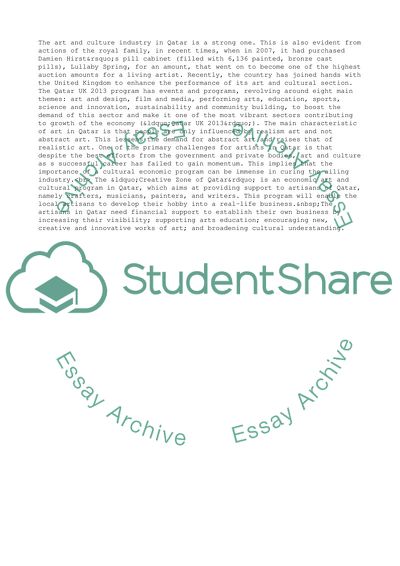Cite this document
(A Business Plan: To Start a Cultural Economic Program Case Study, n.d.)
A Business Plan: To Start a Cultural Economic Program Case Study. Retrieved from https://studentshare.org/business/1807249-a-business-plan-to-start-a-cultural-economic-program
A Business Plan: To Start a Cultural Economic Program Case Study. Retrieved from https://studentshare.org/business/1807249-a-business-plan-to-start-a-cultural-economic-program
(A Business Plan: To Start a Cultural Economic Program Case Study)
A Business Plan: To Start a Cultural Economic Program Case Study. https://studentshare.org/business/1807249-a-business-plan-to-start-a-cultural-economic-program.
A Business Plan: To Start a Cultural Economic Program Case Study. https://studentshare.org/business/1807249-a-business-plan-to-start-a-cultural-economic-program.
“A Business Plan: To Start a Cultural Economic Program Case Study”, n.d. https://studentshare.org/business/1807249-a-business-plan-to-start-a-cultural-economic-program.


